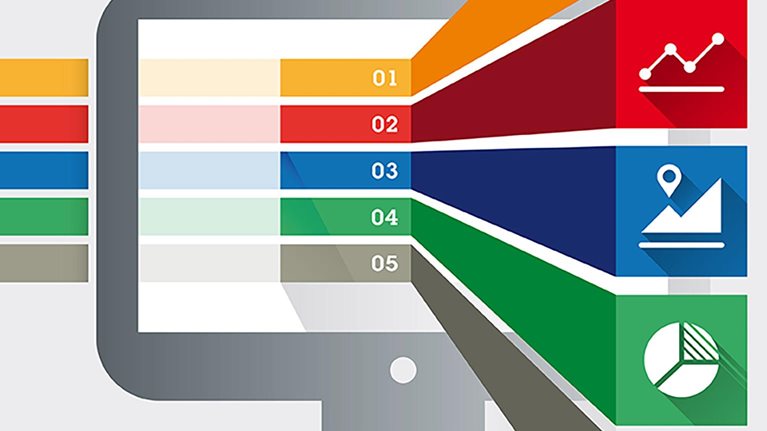Everyone in the business knows the adage about not knowing which 50 percent of the budget is wasted. But Jonathan Gordon says it’s closer to 20 percent and that, if you know your data, you should know which 20 percent.
McKinsey & Company analysts took a sample among the 400 times they've actually worked on Marketing ROI with clients, and showed a typical range of 15 to 20 percent of marketing budgets could be reinvested in other activities or returned the bottom line without losing marketing ROI, explained Gordon, a McKinsey principal.
“Big Data has arrived. That’s empowering a lot more analytics. We are seeing marketing ROI increase,” said Gordon, a former brand manager at P&G. “Armed with facts, the marketers can be a force for real growth in the company.”
Marketers need to take four steps to put smart analytics in play and make the whole budget work harder:
Budget from the top down: Use a blank-sheet approach every year, taking into account where future growth will come from, the company’s competitive strengths and the state of the business. “There’s a lot of ‘I’m budgeting this year what I spent last year, plus or minus a little bit,’” said Gordon.
Identify key battlegrounds in the customer decision journey: “This isn’t just a numbers exercise, this is marketing,” said Gordon. “We all kind of knew the funnel wasn’t quite right … In an increasingly digital and social world, the funnel is not a good representation.”
Reallocate the marketing mix in light of those first two steps: Bring analytic precision to the process, said Gordon. There are new tools and high-quality data now available to allow marketers to build better models and draw “hard ROIs” from efforts, he says.
Make procurement more efficient: Use data to drive your choices in media purchasing, third party providers, and other items that can bring more efficiency into the marketing function.
“Job #1 is to analyze the current marketing budget. That has to be a multidisciplinary event,” said Gordon. It should involve IT, finance and other functions within the company, he explained.
Framing the discussion is key to enacting smart analytics, said Gordon. It has to be done in the context of consumer insights and business strategy, not by themselves, he explained.
“There is a misperception that smart analytics is uploading data to the cloud and waiting for the answer to rain back down,” he said. “Big Data doesn’t mean you have to have small judgement… This has to start with: What’s your strategy? And therefore: What are the questions that you want to explore through data?”
But he warned against focusing solely on business objectives and losing sight of the customer or the data itself by outsourcing the process completely. A marketer doesn’t need to be a data scientist, but he or she needs to understand enough to know if the data is worth believing in: “I need to be able to brief it properly and interrogate it properly, so I have trust in it,” said Gordon.
“The marketer of the future has to maintain a sufficient analytics perspective, as well as an eye to the business strategy and the creativity,” he said.
This article originally appeared on The Economist Group’s Lean Back website

